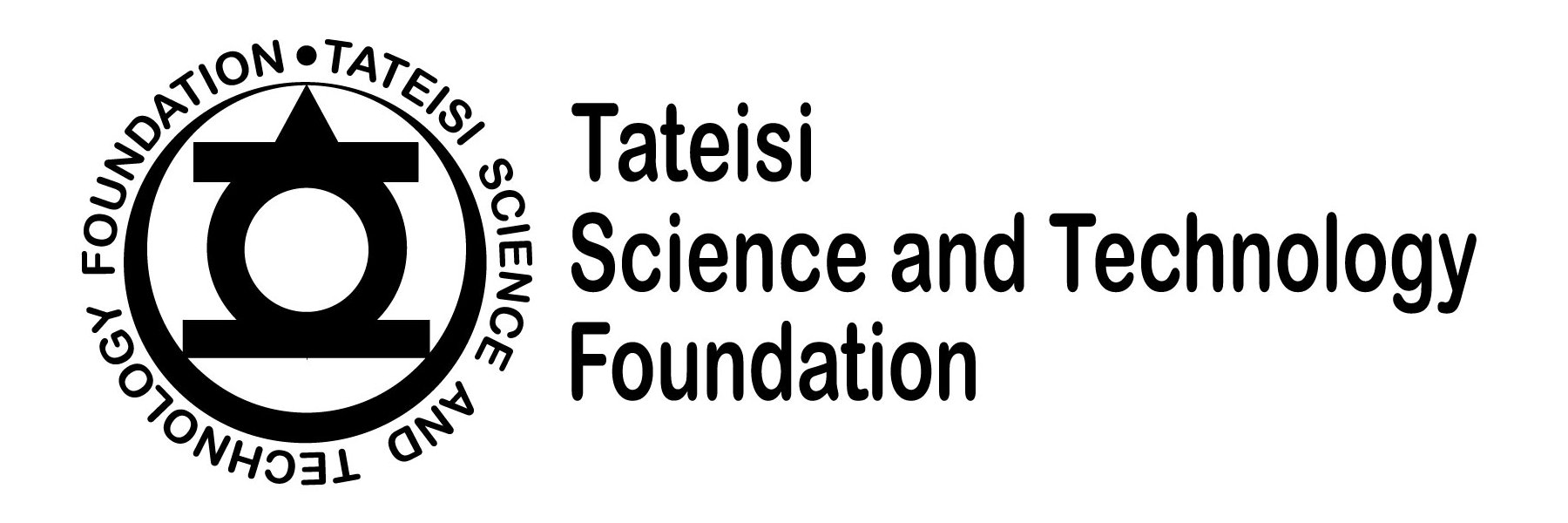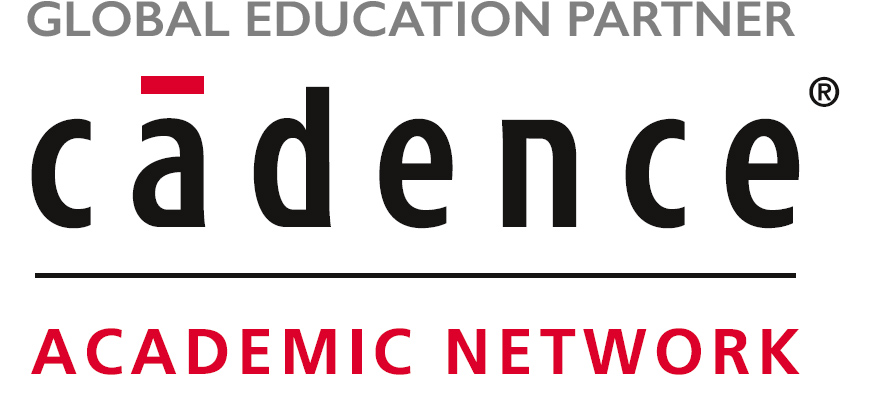Keynote Addresses
Keynote I : Tuesday, January 22, 9:30-10:30
Development Trend of Artificial Intelligence Technology and its Application in the Field of Robotics
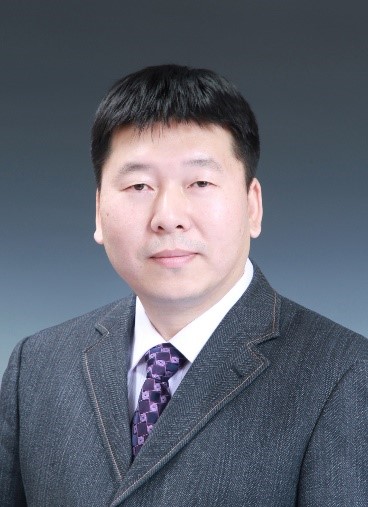
Prof. Tao Zhang
Tsinghua University
In recent years, artificial intelligence has advanced remarkably, and this has brought various robot systems to a more highly advanced level as well. Meanwhile, the development of robot technology can significantly promote innovations in artificial intelligence technologies. This talk will introduce the development trends of artificial intelligence technologies by summarizing the main achievements in each technological field. Furthermore, it will enumerate the applications of artificial intelligent technologies in various robot systems, such as unmanned vehicles, unmanned aerial vehicles, service robots, space robots, marine robots, et al. We hope our viewpoints and predictions will be actually realized in the near future and we also believe that the world will be changed for the better and human life will be improved by means of artificial intelligent technology and its application in the field of robotics.
Keynote II : Wednesday, January 23, 9:00-10:00
Post-K: A Game-changing Supercomputer with Groundbreaking A64fx High Performance Arm Processor
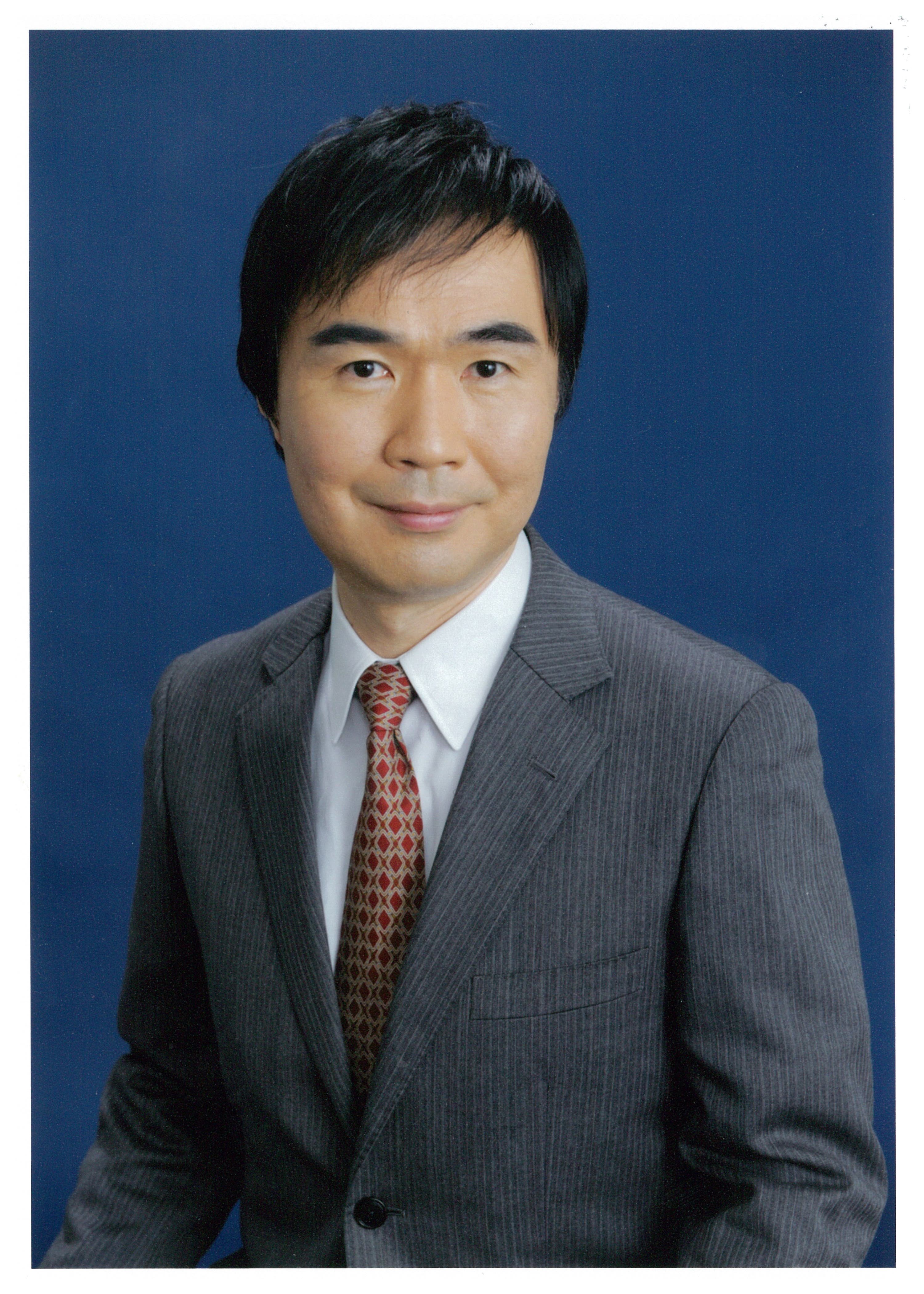
Prof. Satoshi Matsuoka
RIKEN Center for Computational Science
The first would be exascale supercomputer in the world, the "Post-K", is being co-designed by Riken-CCS and Fujitsu in collaboration with the entire HPC community in Japan. The heart of Post-K is the groundbreaking Fujitsu A64fx processor which will sit at the pinnacle of billions of ARM processors manufactured every year, and will likely best competing CPUs by significant margins for HPC and other related workloads such as Big Data and AI, as well as CAE/EDA. Not only high in FLOPS with world’s first implementation of wide-vector ARM SVE standard, but also the chip will likely to be the first general-purpose CPU to accommodate high bandwidth on-package HBM2 memory, coupled with streaming-friendly memory controllers and cache hierarchy for nearly a Terabyte of memory bandwidth. Such features will accelerate CAE workloads to unprecedented performance levels in platforms from supercomputers to workstations while being fully compliant to broad and open software ecosystem.
Keynote III : Thursday, January 24, 9:00-10:00
Hardware and Software Security Technologies to Enable Future Connected Cars
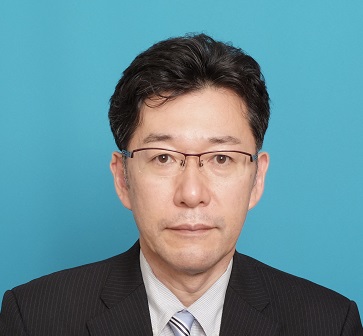
Dr. Yasuhisa Shimazaki
Renesas Electronics Corporation
In coming autonomous-driving era, automobiles and many kinds of facilities will be connected each other to provide safe, comfortable and efficient driving environment for drivers. Communication between a vehicle and cloud, for example, is used to obtain traffic information, to deliver driver-centric applications, to maintain automotive condition by monitoring and analyzing various sensing data obtained around the vehicle and so on and so forth. This means, however, we need to pay much attention to cyber security in automotive system. Actually, a remote attack on a running car through cellular network was demonstrated in 2015, resulting in 1.4 million recalls. In order to address this issue, MCUs used in an automobile need to have some sort of security measures which protect themselves and their communication channels effectively and efficiently. In this presentation, basic security technology will firstly be introduced, and then actual implementation of hardware and software security technique will be shown. The presentation will also cover standardization trend in automotive security.






